Introduction: When Clay Becomes Priceless
A single crack in a ceramic vase can destroy its function—but when that vase is a 500-year-old Ming masterpiece, it becomes priceless art. From $80 million Greek urns to imperial porcelain lost at sea, the world’s most expensive pottery represents the pinnacle of human artistry, historical significance, and staggering rarity.
What transforms simple clay into a multi-million-dollar treasure? We examine the most valuable ceramic artworks ever sold, the dynasties that crafted them, and why museums and billionaires wage secret bidding wars for these fragile relics.
1. The “Ru Guanyao” Ming Dynasty Vase – $80.3 Million
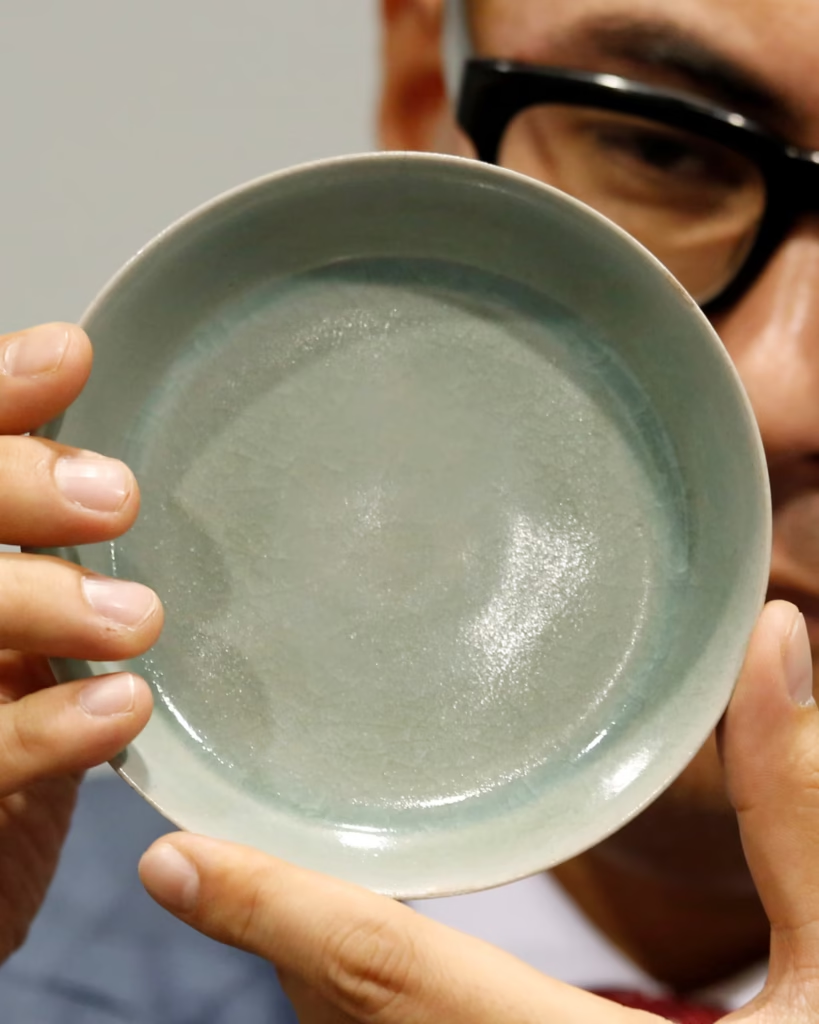
History & Significance
This 15th-century celadon-glazed vase was created for the Yongle Emperor’s court, then lost for centuries before surfacing in a Paris attic in 2019.
Price & Rarity
- Auction Price: $80.3 million (2021, Sotheby’s Hong Kong)
- Why So Valuable?
- Only 3 known Ru kiln vases exist worldwide
- “Hare’s fur” glaze pattern impossible to replicate
- Last appeared at auction in 1935
Where to See Similar
- Palace Museum, Beijing (other Ru ware)
- British Museum Ming Collection
2. The “Euphronios Krater” Greek Vase – $80 Million (Repatriated)
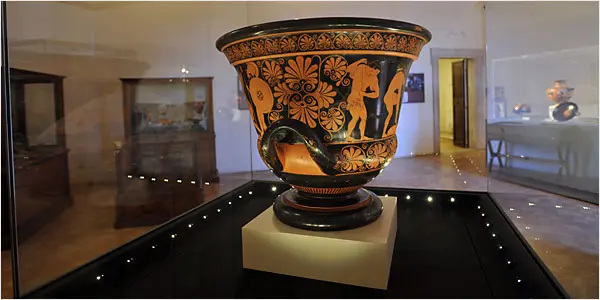
History & Significance
Painted by Athenian master Euphronios in 515 BCE, this terra-cotta wine-mixing vessel depicts the death of Sarpedon. Looted from Italy in 1971, it was returned in 2008 after a decades-long scandal.
Price & Rarity
- Black Market Value: $80+ million
- Why So Valuable?
- Finest existing example of red-figure pottery
- Signed by both painter and potter
- Subject of international legal battles
Where to See It
- Villa Giulia Museum, Rome
3. The “Chicken Cup” Chenghua Porcelain – $36 Million
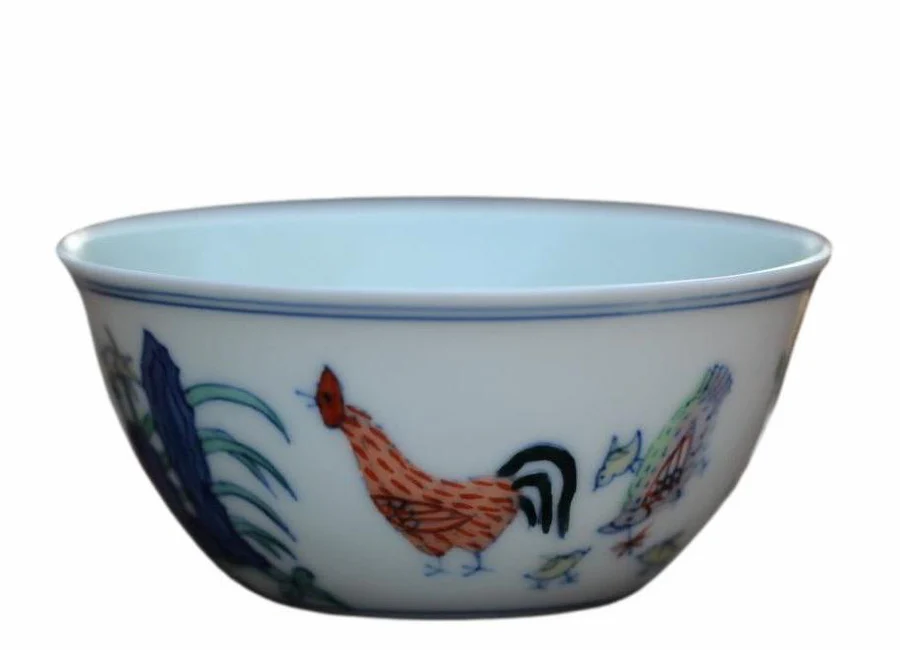
History & Significance
This 4-inch Ming Dynasty wine cup (1465-1487) features underglaze cobalt-blue chickens—only 17 authentic examples survive.
Price & Rarity
- Auction Price: $36 million (2014, Sotheby’s)
- Why So Valuable?
- Thinner than an eggshell (1.2mm walls)
- Made with extinct “Mohammedan blue” pigment
- Liu Yiqian drank tea from it before buying
Where to Find Similar
- National Palace Museum, Taipei
- Zhengde Emperor Collection auctions
4. The “Meiyintang” Cizhou Jar – $22 Million
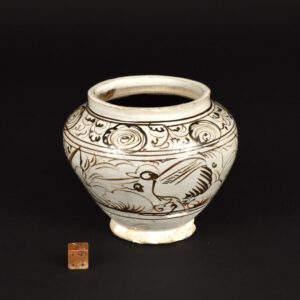
History & Significance
This Yuan Dynasty storage jar (1300s) features peony paintings so vibrant they appear wet after 700 years.
Price & Rarity
- Auction Price: $22 million (2017, Christie’s)
- Why So Valuable?
- Largest Cizhou piece in private hands
- Brushstrokes visible under UV light
- Exhumed from a scholar’s tomb
Where to Buy
- Meiyintang Collection sales
- Asian Art Week auctions (NY/London)
5. The “Nanking Cargo” Kraak Porcelain – $15 Million Set
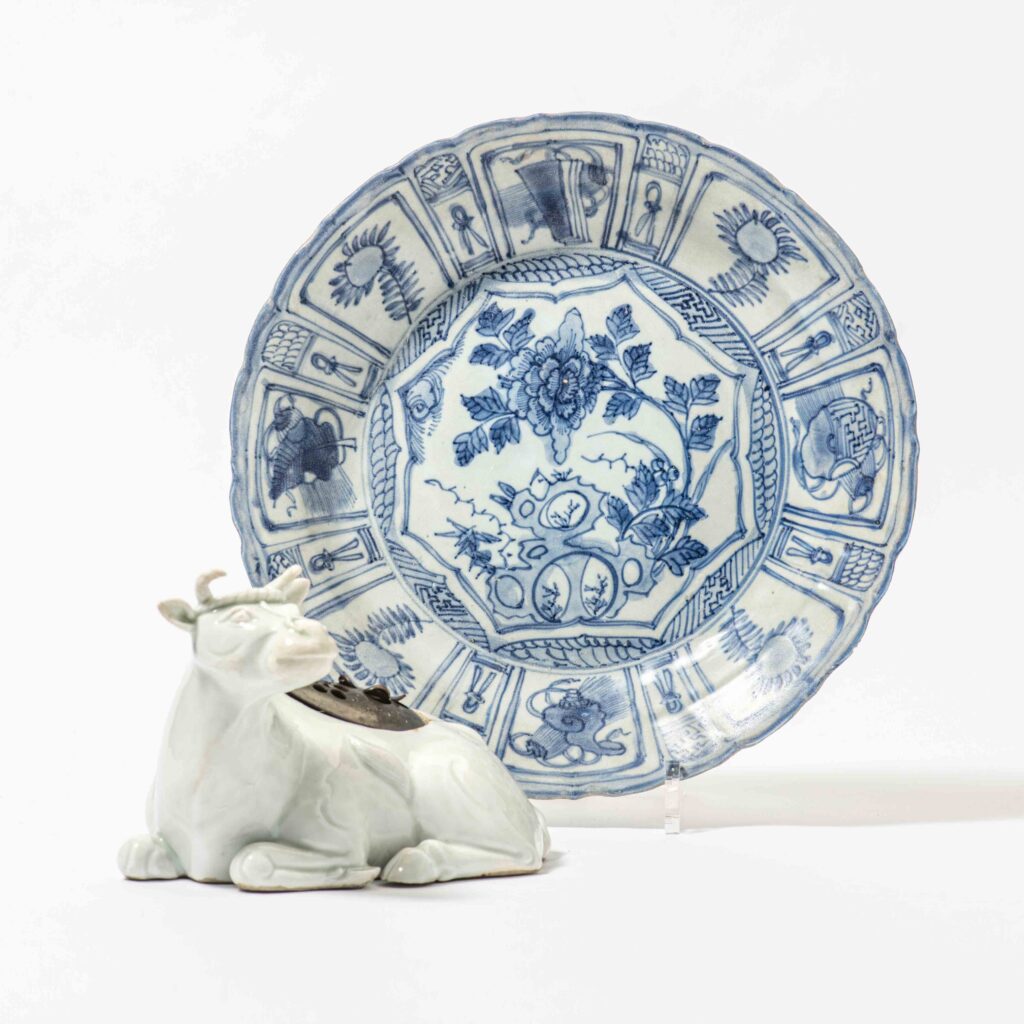
History & Significance
Recovered from a 1752 Dutch shipwreck, these 160 blue-and-white plates spent centuries underwater before preservation.
Price & Rarity
- Set Value: $15 million
- Why So Valuable?
- Saltwater created unique “sea glaze”
- Each plate documents trade routes
- Only complete shipwreck service known
Where to See It
- Maritime Museum, Macau
Conclusion: Fragile Beauty, Eternal Value
These ceramics prove that true artistry is timeless—whether surviving shipwrecks, tomb robbers, or careless attic storage. As the Chenghua cup demonstrates, even the smallest piece can hold imperial legacies worth millions.







